Small Finance Banks reiterate the Reserve Bank of India’s commitment to achieve financial inclusion by supporting the development of institutions that offer innovative ‘high technology, low-cost operations’ driven financial services.
| Key highlights of Small Finance Banks
Small Finance Banks (SFBs) shall primarily undertake basic banking activities including acceptance of deposits and lending credit to unserved and underserved sections SFBs shall be subject to all prudential norms and regulations applicable to commercial banks, including maintenance of Cash Reserve Ratio (CRR) and Statutory Liquidity Ratio (SLR) SFBs are required to extend 75% of their Adjusted Net Bank Credit (ANBC) to Priority Sector Lending (PSL) SFBs should ensure that at least 50% of its loan portfolio constitutes loans and advances of up to Rs.25 lakh (USD 37,994). |
A quick analysis of the selection process and the institutions that received SFB licenses suggests that the RBI, apart from considering parameters such as financial soundness, proposed business plan, and fit and proper status, also reflected on the ability of the institutions to reach out to unserved and underserved segments. Eight out of the 10 institutions who have been granted provisional licenses are MFIs that have a track record of providing scalable microcredit services. Also, licensee institutions cover a wide geographical spread – Equitas, ESAF, Ujjivan and Janalakshnmi in the south, Disha and Suryodya in the west, RGVN in the east, and Utkarsh in the north. This faith in MFIs also augurs well for the Indian microfinance sector that has seen its share of ups and downs since 2010.
We see tremendous opportunities for NBFC-MFIs transforming into Small Finance Banks. Some of the benefits include: the ability to diversify products and services; access to electronic channels; diversification of funding base; mitigation of political risks; and the opportunity to bring an overall positive impact on the customer’s financial wellbeing.
However, on the basis of our extensive work in Africa and other parts of Asia in transforming MFIs into deposit-taking institutions, we also understand that the road ahead for these financial institutions require: re-structuring of capital to comply with the strict RBI guidelines; mobilising deposits in a highly competitive environment; and re-engineering front- and back-end systems.
 Additionally, the SFBs will require comprehensive and efficient change management processes. Institutional transformation will require the induction of new and diversified talent from the banking sector, while the existing sales and operations staff will need to be suitably trained and incentivised to sell new products and attuned to new delivery channels. This mix of new and old has cultural, human resource and business implications for the SFBs, as it would have for any transforming institution. The experience in countries like Indonesia suggests that in the medium term, there might be a staff flight from SFBs to the commercial banks. These are some of the many challenges related to human capital that SFBs have to be wary of, and will therefore need to craft careful recruitment and retention strategies.
Additionally, the SFBs will require comprehensive and efficient change management processes. Institutional transformation will require the induction of new and diversified talent from the banking sector, while the existing sales and operations staff will need to be suitably trained and incentivised to sell new products and attuned to new delivery channels. This mix of new and old has cultural, human resource and business implications for the SFBs, as it would have for any transforming institution. The experience in countries like Indonesia suggests that in the medium term, there might be a staff flight from SFBs to the commercial banks. These are some of the many challenges related to human capital that SFBs have to be wary of, and will therefore need to craft careful recruitment and retention strategies.
With additional scrutiny by the RBI, the SFBs will also require to strengthen their governance structures. A recent MicroSave study examined the governance practices of MFIs in India and found that while the sector has evolved since the 2010 Andhra Pradesh crisis, governance structures and practices are still compliance oriented and very few players have made efforts to set their own standards.
SFBs will also need to approach their technology requirements with a different lens compared to the traditional banks as the former will be serving a customer base that is markedly different from that of a typical commercial bank. Hence, there is a need for cost-effective mobile-based technology deployments that are better suited to reach underserved areas.
Though the task is daunting, we believe that focused efforts by SFBs to carve a niche for themselves will help them cut the clutter and occupy the elusive mind-space of their target customers. Some of these initiatives include: developing customer-centric products that reflect the mental-models and suit the cash flow of the target segment; riding on the agent network infrastructure propelled by the proliferation of PMJDY programme and Payments Banks; creating convenient avenues to trigger customers to save regularly; complementing savings with payments; and most importantly making significant investments to develop and upgrade human capital.
It is indeed an interesting time to be in the financial inclusion market in India. The performance of the Small Finance Banks in the next five years will, in a way, determine the path that the microfinance sector will take. At the same time, the Indian microfinance market has enough to offer to those MFIs who missed the opportunity this time around – particularly in the short-term. MicroSave speculates that many of the transforming MFIs may even have to “down-scale their lending portfolios” as part of their efforts to transform. This could give SKS, Satin and many mid-size NBFC-MFIs that made a conscious choice not to apply for licenses, the opportunity to significantly expand their portfolios and geographical reach.
At MicroSave, we are happy to have provided technical assistance support to eight out of the ten institutions that received the SFB license. With over 17 years of experience in innovating/developing products and channels to serve the mass market, we are prepared to do our bit to drive the sector towards provision of market-led financial services.
MicroSave’s Publications on Small Finance Banks
- Small Finance Banks – Is there an Opportunity for MFIs/NBFCs?
- Small Finance Banks – Risks and Challenges of Transformation of MFIs/NBFCs
- Governance Practices among Microfinance Institutions in India
- Transformation of Microfinance Institutions into Small Finance Banks: Will it be a Roller Coaster?
- Transformation of Microfinance Institutions to Small Finance Banks: Differentiating Men from the Boys!

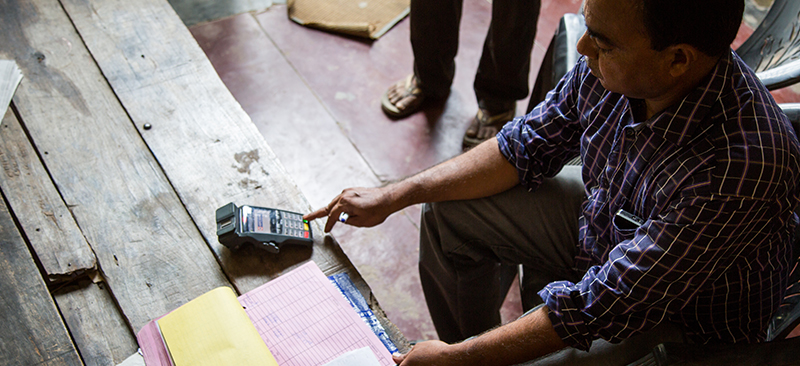
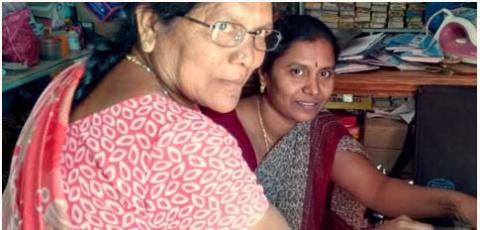
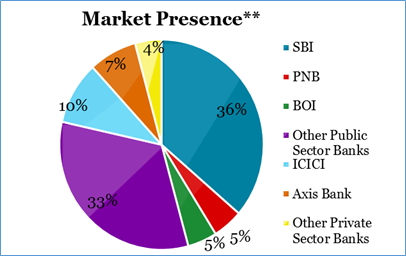
.png)
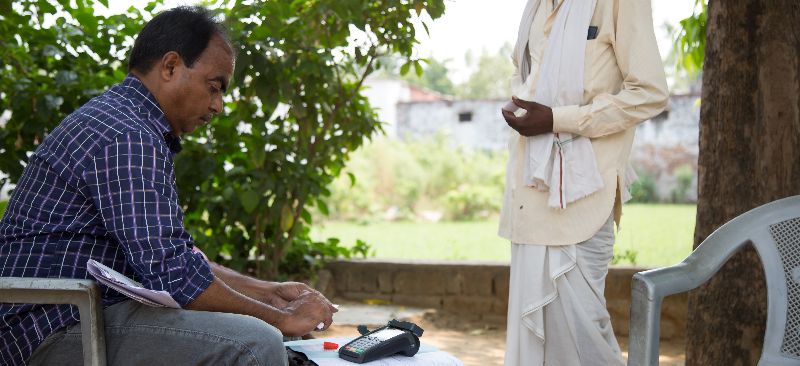
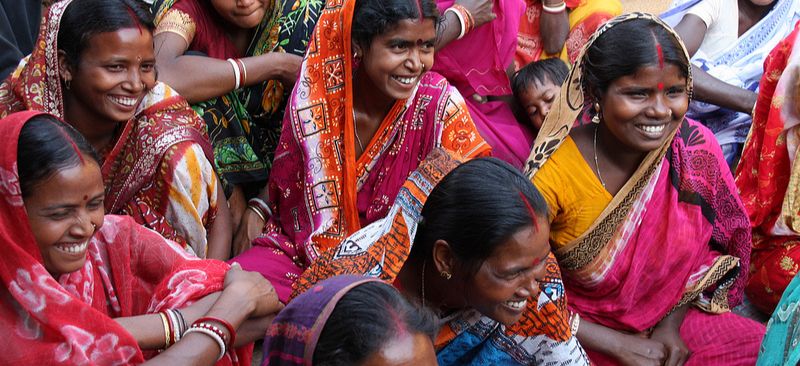
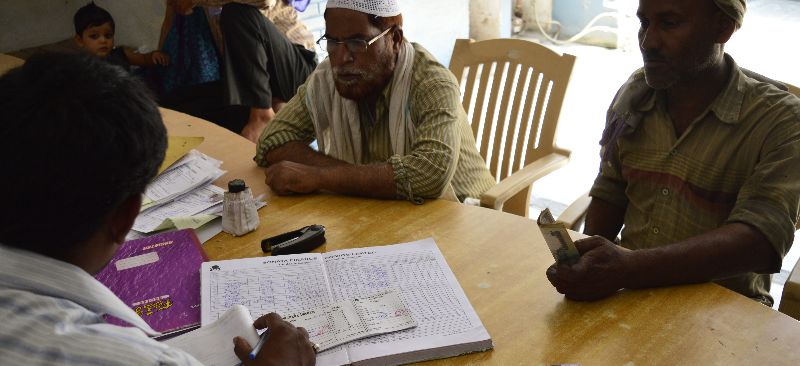

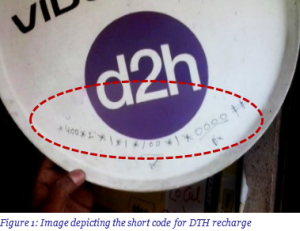 a. Users are “number literate”
a. Users are “number literate”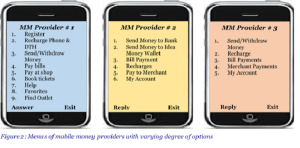 d. Users do not prefer “unrelated” clubbing
d. Users do not prefer “unrelated” clubbing